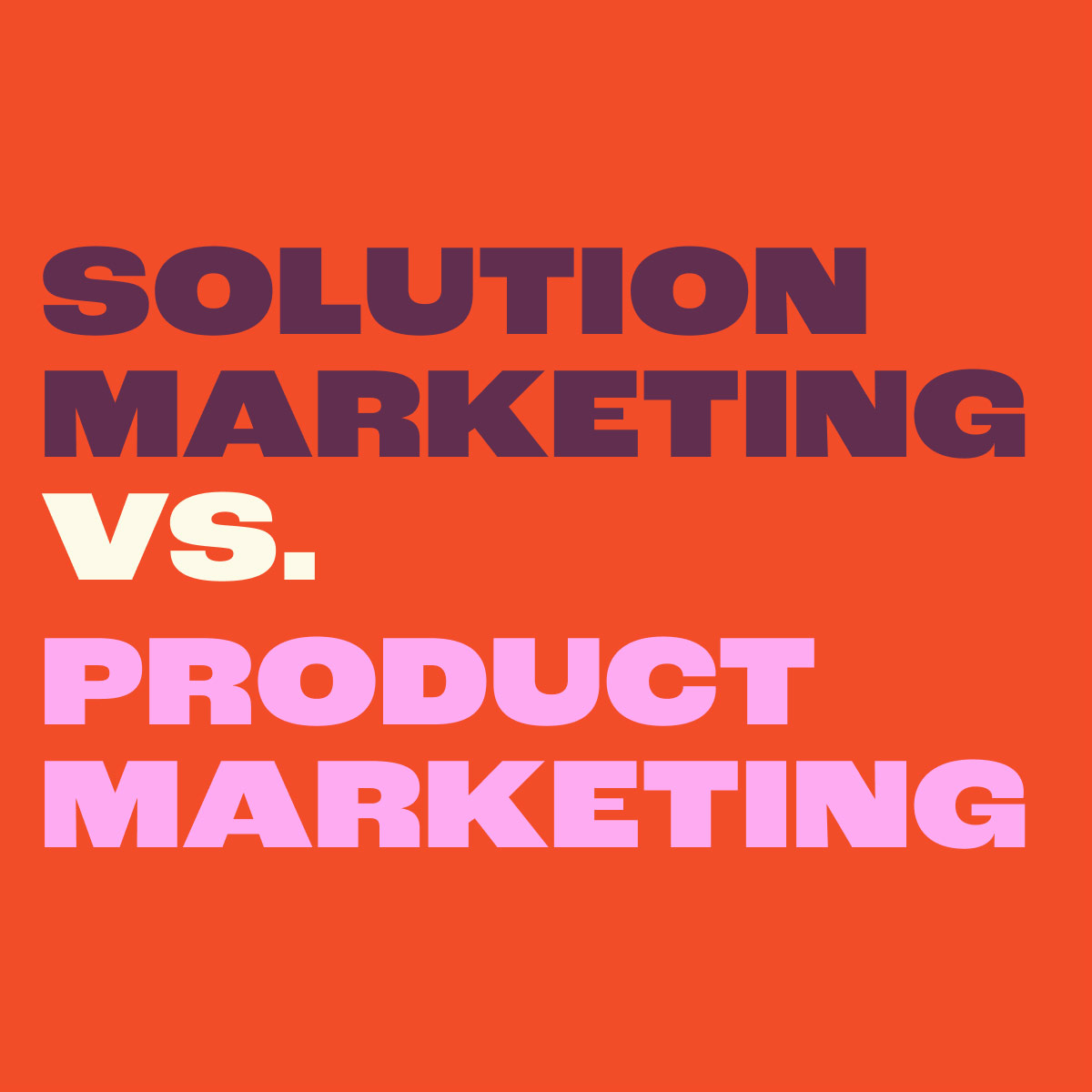Are your parents using social media the same way you do? What about Grammy? The answer is likely “no.”
If you’re a millennial, you may be posting Instagram stories of your sublime dinner at that pop-up in the Seaport. Meanwhile, your mom is probably scrolling through Instagram and is just a little bit jealous you went to that pop-up without her. She’s active on Facebook, though, since that’s where her various friends and community groups connect.
As for Grammy, you may have helped her set up a Facebook account a few years ago. All your friends thought that was awesome, friended her, and still love seeing her posts but can’t understand why she writes exclusively in ALL CAPS (even though she’s not yelling).

Broadly speaking, we have unique generational priorities, and our media usage patterns are no different. By following these patterns, we can reach a broad section of a given generation based on when they were born and the law of averages.

Silent generation (born 1928–1945): This generation grew up during the Great Depression and World War II. They tend to be conservative and loyal and value hard work and discipline. They stick with traditional media, which is where advertisers will find them. Broadcast television, cable, talk radio, and print can all effectively drive reach.

Baby boomers (born 1946–1964): Baby boomers are known for their work ethic, loyalty, and love for traditional advertising. They’re typically conservative in their spending habits, but they do appreciate high-quality products. They tend to favor traditional media outlets but haven’t shied away from embracing digital versions of the content they’re already loyal to.

Generation X (born 1965–1980): Gen Xers are independent and self-reliant. They value diversity and are often skeptical of traditional advertising methods. However, as the in-between generation, they remain active using offline and online media alike. Reaching them is easy. Convincing them is not.

Millennials (born 1981–1996): Millennials are tech-savvy and environmentally conscious individuals. They value experiences over possessions and are more likely to make purchases based on social and environmental causes. As the audio generation, millennials are easily reached on streaming platforms offering music, podcasts, and audiobooks.

Generation Z (born 1997–2013): This cohort is known for being highly connected, diverse, and open-minded. They tend to be tech-savvy and value individuality. Hit ’em up on all their devices where they’re multi-tasking: talking to friends, streaming content, gaming—all of it.

Generation Alpha (born 2013–): This generation is the first to be fully digital from birth, and it has yet to define itself in earnest. But as today’s 10-year-olds begin to establish their voices, there’s no doubt we will hear them in new ways we haven’t yet visualized.
Do you fall cleanly into the definition of your generation? I’m guessing no—and neither do I. That’s where the house of cards begins to fall. Way too many campaigns start and end there, assuming there are clear cut lines between each generation, rather than assuming the law-of-averages dictates a summary of beliefs, desires, and media usage patterns, among many other things.
Using myself as a focus group of one, I’m on the younger end of Generation X, and many of my characteristics follow those of my fellow Gen Xers. However, more of my habits align with my millennial friends. I’m a hybrid. By age and some attributes, I’m Gen X, but in mindset, general life outlook, media use, and other attributes, I’m more millennial. A geriatric millennial, if you will.
Beyond the reality of blurred generations (especially for those on the cusps), pitfalls include overgeneralization (stereotyping), evolving habits (Grammy didn’t own a computer until she was 75 and got her Facebook account at 80), and ethical considerations (discrimination and ageism).
For this reason, we look at generational targeting only as a starting point in the early stages of planning to identify the broader cohorts we want to reach. From there, we narrow down our audience universe from everyone to a couple of key cohorts, with a focus on the vast other considerations that further define who it is our clients need to reach. We do this through:
- Behavioral targeting: Focus on targeting consumers based on their online behavior and interests, rather than on their age or generation.
- Contextual targeting: Target consumers based on the context of the website or app they’re using. For example, an ad for a fitness product could be targeted to users of health and wellness websites and apps.
- Psychographic targeting: Reach consumers based on their personality traits, values, and interests. We use surveys, social media activity, and online behavior to create targeted campaigns that resonate with consumers on a deeper level.
- Geo-targeting: Location, location, location. We take advantage of data such as IP addresses, GPS coordinates, and ZIP codes to create targeted campaigns relevant to consumers in specific geographic locations.
- Influencer marketing: This involves partnering with social media influencers to promote products or services—but you better keep it authentic.
Although a good place to start, there are several more approaches and alternatives to generational targeting in advertising that can help advertisers connect with their best prospects. Be it by behavior, interests, or values, or by using data and insights to create targeted campaigns that resonate with consumers, marketers can increase the effectiveness of their advertising and reach a more engaged audience.
Full disclosure: I sent this blog post to my Grammy and asked for her feedback. She replied, “IT’S NICE FOR YOU. WILL YOU SEND ME THE MAGAZINE SO I CAN READ IT?” So, yes, generational preferences and habits exist, but stopping there limits us as marketers.


